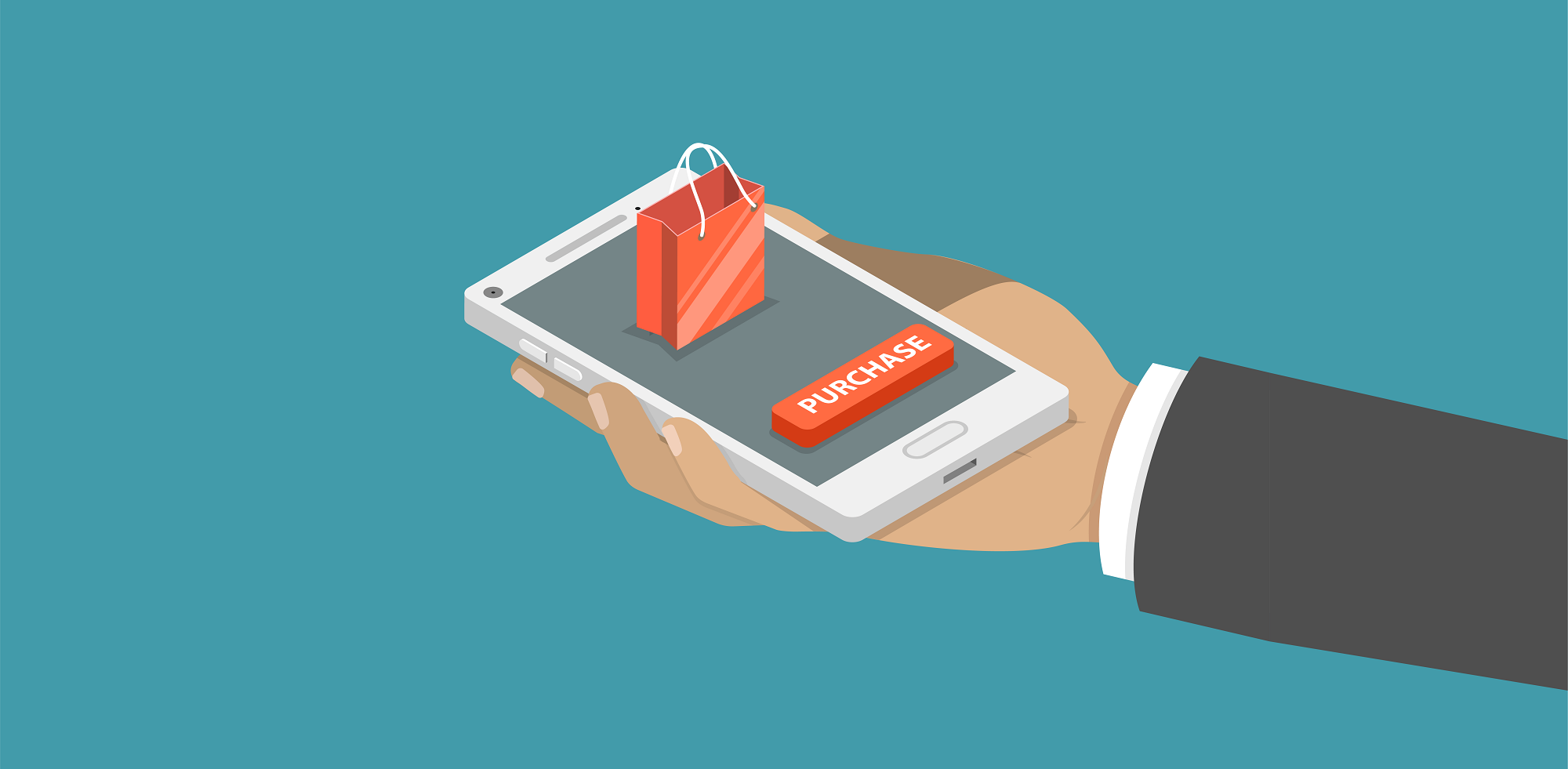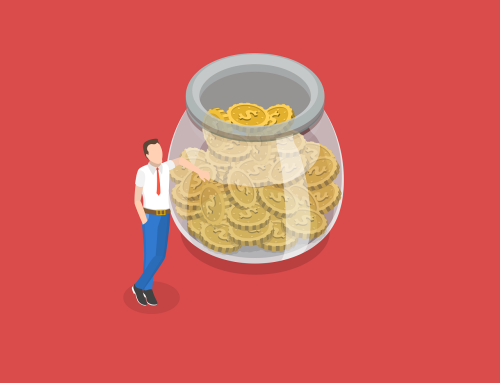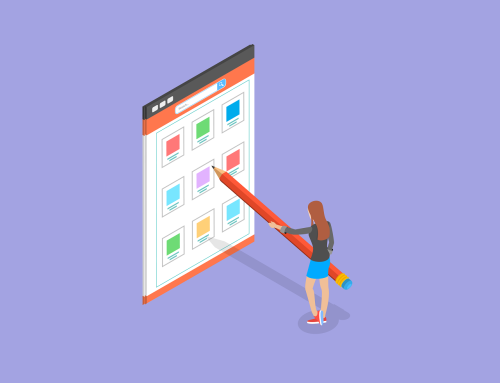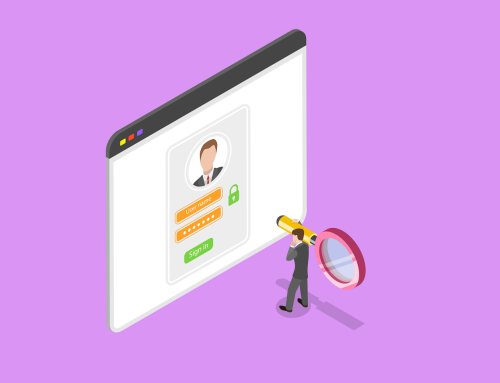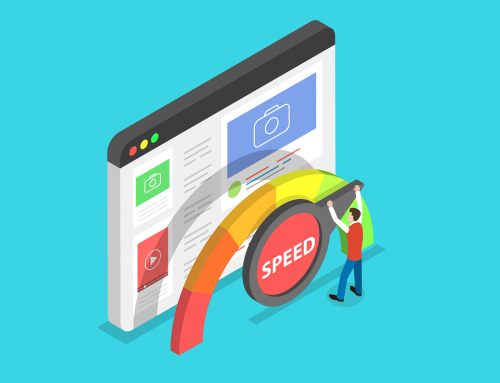Monetising Your Mobile App
How to monetise your mobile application isn’t always a straightforward decision. The monetisation models you choose are critical to the success of your mobile app.
Many factors need to be considered, and depending on your app’s purpose, the wrong monetisation strategy can cause your app to fail and retention rates to plummet.
Discussed below are some of the most popular methods of monetising a mobile application.
Paid app
The simplest and most straightforward way of monetising your app includes placing it behind a paywall on a mobile app store such as the Google Play Store or Apple App Store.
With this, the user will need to pay up front to access and download the app. This strategy may work in tandem with a trial (or lite) version of an app also being available.
The immediate paywall means a larger barrier is in the way of getting your app onto consumers’ phones. Without any way of users being able to trial the app or access basic features prior to purchase, it can be a tough sell to get users to pay for something they’ve never used before. This barrier results in fewer downloads compared to free or freemium mobile apps.
Advertising revenue
Gaining advertising revenue from within your app is one of the more popular ways of monetising a free app. This strategy enables advertisers to place static, animated or video ads within your app.
The three main types of ad revenue include Cost per Thousand Impressions (CPM), Cost per Click (CPC) and Cost per Action (CPA).
Native ads within an app are paid ads that are designed to match the mobile app’s user experience. For example, Facebook and Twitter’s sponsored and promoted sections blending in with the app design.
It’s important that the display ads being shown are relevant to your brand and users, while also ensuring they align to your high standards.
Upgrade to remove ads
Ads can often be an annoyance to some users, especially if they’re intrusive. While 78% of consumers are happy to accept mobile advertising that is relevant to their interests, a section of your user base are unhappy with the advertising experience. Providing the option to upgrade to a premium version of your app which removes ads from appearing could bring in extra revenue.
This is typically done through a one-off payment either from within the app or on the app store to remove ads indefinitely.
Microtransactions / in-app purchases
This is a free app strategy which allows users to unlock extra features with an in-app purchase. A one-off payment within an app can allow users to access features behind a paywall. Unlike a subscription, once the in-app purchase has been paid for, the feature is usually accessible indefinitely.
Balancing between what should be free and what should be behind an in-app purchase paywall needs to be given great consideration. Providing too many free features means revenue will be down, while putting too many features behind a paywall will result in worse retention and higher uninstall rates.
Subscriptions
Also known as the freemium model, the subscription service strategy allows users to purchase a recurring subscription from within a free app to provide access to premium features. Many apps provide a basic free experience with limited features and gate more in-depth features behind a monthly subscription.
A popular example of the subscription model includes streaming service apps, such as Netflix and Spotify.
In the case of music streaming services with a free element, the app is gaining revenue from all users. Free accounts will see/hear ads while premium users subscribe monthly.
Are you preparing to alter your mobile customer experience in 2022? If so, contact us today on +353 1 8041298, or click on the link below to be brought to our contact form.


